Digital publishing really involves three separable issues.
First is the author’s rights that are negotiated when a work is published in traditional media. This is where an author’s addenda comes in; they help preserve the right to make educational uses and to publish in online forums. These addenda are actually increasingly unnecessary, however, as publication agreements are thenmselves being modify to allow those rights in the first place. It is important for authors to negotiate with publishers to retain rights for digital publishing.
The second concern is the license that an online publisher obtains from the author for online distribution. If the work has been published in a traditional journal, the author has to be sure s/he has the right to allow online distribution, then they usually give a non-exclusive license to distribute to the online publisher.
The third concern is the license that the online publisher uses to try and control uses made of the work by the public who receives it. This is what the Creative Commons license is designed to do. The Creative Commons license relies on an assertion of copyright, so the person doing the licensing must hold the copyright for it to work. The CC license is a waiver of copyright, a statement that the copyright will not be enforced against certain uses (ie, attributed non-commercial uses) that will therefore not require any further permission.
For most online publications it is necessary to think about all three rights issues. The first will only arise if the online repository is publishing something that has already been published elsewhere. If the work is previously unpublished, this will not be a concern. The other two types of licensing issues will have to be decided, however.
Generally a digital publisher will want to get a non-exclusive license to publish the work from the author. This license should, in turn, confirm that the material will be distributed to the public under a Creative Commons license. By including in the license with the author a stipulation of how the material will be sdistributed, many later misunderstandings can be avoided. Indeed, prior awareness of each of these three rights issues in licensing digital content, and of how they inter-relate, will smooth over most of the potential legal rough spots as digital publication moves forward.
For a sample distribution license that anticipates distribution under the Creative Commons, see our Scholarly Communications Toolkit.

